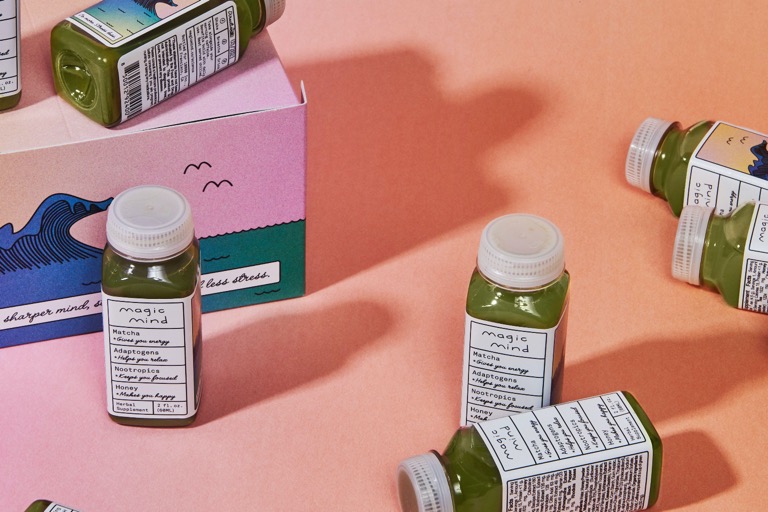
Target Audience
When designing food packaging, ask yourself who you are designing for. This will help you narrow down your audience and identify the elements on the design for it to resonate with the audience. Regardless of who your audience is, your design must be eye-catching.
The Type of Product You Are Selling
The design of your packaging must be product appropriate. You need your packaging to be able to serve the product that it is holding. For example, if you are selling fruit, it is important that the packaging protects and keeps the fruit fresh.
The Quality of Your Product
You want your packaging to reflect the quality of your product. For example, if you are selling a premium item, it is crucial for your packaging to feel luxurious. Packaging helps the consumer set expectations for the product.
Brand Identity
Your packaging is a direct extension of your company’s brand identity. Therefore, all colors, logos, types, and images must align with the brand.
The Trends
When designing packaging, it is important to have an idea about what the current trends are within your industry. Of course, you do not necessarily want to jump on every trend that goes along, but it is a good idea to know what direction the trends in design are going so your packaging does not come across as dated or old.
The Messaging You Want to Convey
Messaging is crucial in the design process. First, think about what you want your packaging to convey, then do your best to incorporate it into the design. All packaging needs to communicate the benefits consumers will have from purchasing.
The Competition
One way to be sure your packaging is unique is by examining what your competitors are doing. There is a balance between creating unique packaging and also keeping it consistent with what the consumer expects to see.
The Cost
It is important to be mindful of the costs of creating product packaging. Packaging is not something you necessarily want to be cheap on. Therefore, it is crucial to prioritize what is important to include and be mindful of how the spending will affect your bottom line.
The Environment
Environmental consciousness is a growing concern for consumers. If you want to appeal to this group of people, it is important to create eco-friendly packaging.
The Legal Requirements
You must be aware of the legal requirements for designing food packaging. The nutrition label is an example of a legal requirement that must be present on all food products.
Read more about Designing Packaging at thefoodxp.com

